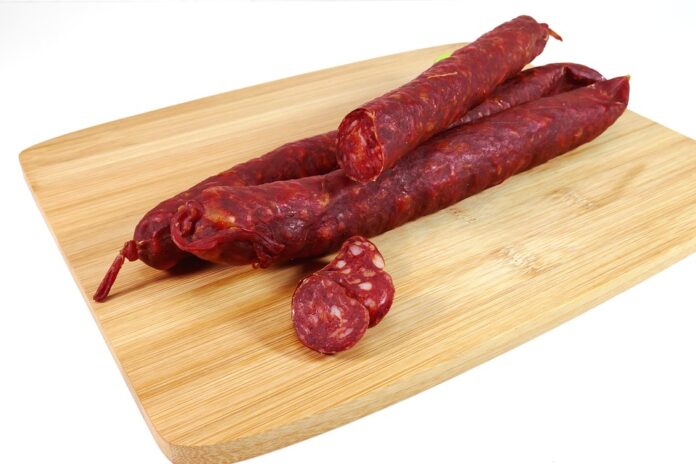Introduction
Chorizo, a popular Spanish sausage, has been gaining popularity in the culinary world for its rich flavor and versatility. Whether used as a gourmet ingredient in high-end restaurants or as an everyday staple in home kitchens, marketing chorizo effectively can help increase its demand and consumption. In this report, we will explore strategies on how to market chorizo as a gourmet or everyday ingredient, providing insights on industry trends, financial data, and actual companies that have successfully integrated chorizo into their product offerings.
Market Analysis
Industry Overview
The global sausage market, which includes chorizo, is expected to reach $75.6 billion by 2026, growing at a CAGR of 3.5% from 2021 to 2026. The rising demand for convenience foods, along with the increasing popularity of ethnic cuisines, has contributed to the growth of the sausage market. Chorizo, with its unique flavor profile and versatility, has become a sought-after ingredient in various cuisines worldwide.
Consumer Trends
Consumers are becoming more adventurous in their food choices, seeking out new and exotic flavors. Chorizo, with its bold and spicy taste, fits well with this trend. Additionally, consumers are increasingly looking for healthier options, and chorizo made from high-quality, natural ingredients can cater to this demand.
Marketing Strategies
Positioning Chorizo as a Gourmet Ingredient
To market chorizo as a gourmet ingredient, emphasize its premium quality, artisanal production methods, and unique flavor profile. Collaborate with high-end restaurants and chefs to create exclusive dishes featuring chorizo. Highlight the regional origin of chorizo, such as Spanish or Mexican, to appeal to consumers looking for authentic culinary experiences.
Packaging and Branding
Invest in high-quality packaging that reflects the premium nature of chorizo. Use elegant designs and premium materials to attract gourmet consumers. Develop a strong brand identity that conveys the artisanal craftsmanship and traditional heritage of chorizo. Consider certifications such as PDO (Protected Designation of Origin) to enhance the perceived value of the product.
Marketing Campaigns
Launch targeted marketing campaigns that showcase the versatility of chorizo in gourmet dishes. Partner with food influencers and bloggers to create engaging content featuring chorizo recipes. Organize tasting events and cooking demonstrations to educate consumers about the unique qualities of chorizo. Utilize social media platforms to reach a wider audience and create buzz around the product.
Financial Data and Case Studies
Financial Performance of Chorizo Companies
Companies such as Palacios, a leading chorizo producer in Spain, reported a revenue of €50 million in 2020, a 10% increase from the previous year. The company’s success can be attributed to its focus on quality ingredients, traditional production methods, and strong brand presence in the market.
Case Study: Goya Foods
Goya Foods, a Hispanic-owned food company based in the United States, has successfully integrated chorizo into its product portfolio. By leveraging its strong distribution network and brand recognition, Goya Foods has introduced chorizo to a wider audience, catering to the growing demand for ethnic foods in the US market. The company reported a revenue of $1.5 billion in 2020, with chorizo products contributing to its overall growth.
Conclusion
Marketing chorizo as a gourmet or everyday ingredient requires a strategic approach that highlights its unique qualities and appeals to consumer preferences. By positioning chorizo as a premium product, investing in packaging and branding, and launching targeted marketing campaigns, companies can increase the demand for chorizo and capitalize on the growing popularity of this versatile sausage. With the right marketing strategies in place, chorizo can become a staple ingredient in both gourmet and everyday cooking, satisfying the evolving tastes of consumers worldwide.



